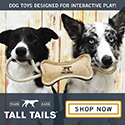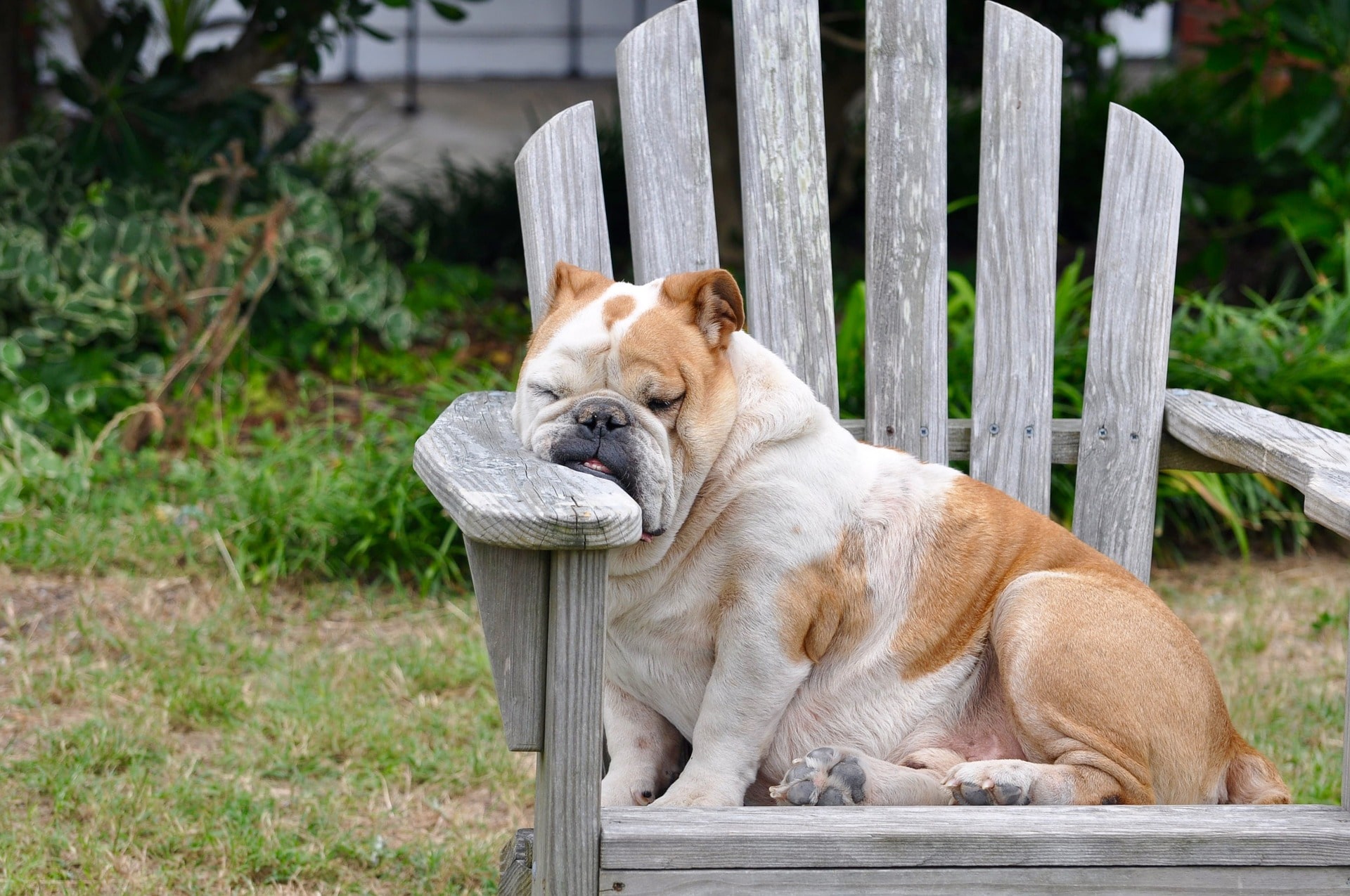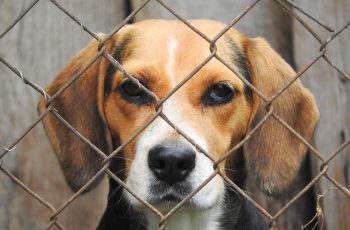If your dog has previously demonstrated a tendency to have separation anxiety, he will be at a significant risk of relapse when the isolation period is over. Even if he has never exhibited symptoms of separation anxiety in the past, he may do so in the future. Canine Post-Isolation Separation Anxiety is something you can minimize if you take steps now.
Our canine companions are tuned in to our feelings . They often often pick up on our anxieties and concerns without us realizing it. They may, in an effort to comfort us, want to be near us. all the time. If our anxiety is extreme, our dogs may start to become anxious as well.
How Do You Know When to Intervene If Your Dog Has Post-Isolation Separation Anxiety
If they are clinging to you at all times and seem uncomfortable when you make an effort to separate yourself from them, it is time to intervene. Do not wait until they demonstrate multiple symptoms of Canine Post-Isolation Separation Anxiety to deal with the problem.
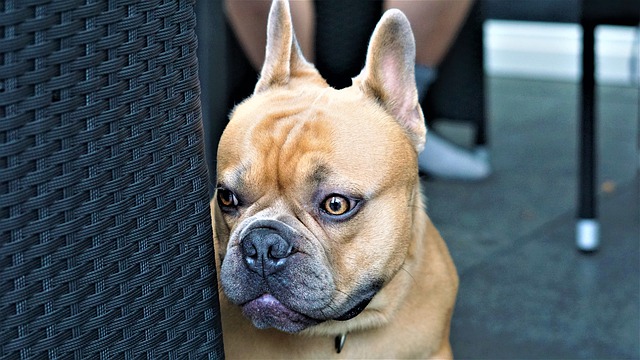
Don’t Leave Me!
What Are Some of the Symptoms of Canine Post-Isolation Separation Anxiety?
Dog owners tlist several complaints that you may notice whenever you try to leave the house.
- Anxious dogs may become disruptive or even destructive when left alone in a room. This is a strong possibility for dogs that have a tight bond with their favorite human
- The anxious dog may urinate or defecate inside the house although they have never done this before.
- They may howl incessantly bark for extended periods
- Many anxious dogs dig, chew furniture or items of clothing or even try to escape.

Howling over being left home alone may indicate canine post isolation anxiety
Now, sometimes, these bad behaviors may mean that a dog has poor house manners. However, if this has not been your dog’s usual behavior until after you have been isolated, that is unlikely. If your dog behaved well until he became used to having you home all the time, it is most likely due to Canine Post-Isolation Separation Anxiety
How Can You Tell If Your Dog Actually Has Canine Post-Isolation Separation Anxiety?
If your dog exhibits symptoms of being distressed, it is much more likely that this is the case. These symptoms of anxiety include:
- Excessive drooling
- Obvious uneasiness when you prepare to leave the house
- Having “accidents” inside the house although they are well trained
- Any destructive behavior that is tied to the dog’s favorite person leaving him alone
Why Would Canine Post-Isolation Separation Anxiety Occur?
As you know, our dogs are social animals and many are more like members of our family than our pets. Although dogs are quite intelligent, they do not understand being left alone. Even the most well-trained dog can develop anxiety from being separated from their beloved human.
This current situation, where we and our dogs are being isolated for weeks at a time, is a perfect set-up for this problem to develop. If our dogs become even more attached to us and rarely out of our presence, they may not know how to deal with our returning to our former schedules.
What Might You Expect To See?
Our best buddies can easily become depressed or agitated when we eventually go back to work and leave them alone. They may try to follow us or, simply make an effort to escape the house. It is not uncommon for dogs to injure themselves or cause significant destruction to their home.
Exit points, windows, and doors, for example, or walls that are weak or made of glass, are especially at risk of damage. Furniture, drapes, clothing, and carpet are often destroyed by overly anxious dogs. If your dog has access to a back yard, he may try to go over, under or through a fence or any other barrier.

dog escaping to find his owner may be part of canine post isolation anxiety dieorder
Are All The Symptoms of Canine Post-Isolation Separation Anxiety Obvious?
Although you should notice the signs or symptoms, you might not automatically recognize the cause. One behavior that is often misunderstood is the dog whining or crying when you start to leave your home. Some owners are pleased that their dog will miss them so much or find it “sweet” that the dog loves them so much.
Separation Anxiety on Steroids
Remember that Separation Anxiety is a common and very real problem without the added stress of isolation and having one’s life turned upside down. When the dog has felt all the anxiety bottled up inside the humans in the home, he is likely to be much more anxious himself.
The poor dog has no idea what is going on or why his owner feels the way he does. Constant interactions they have while isolated make their bond even stronger than ever. I call this Separation Anxiety on Steroids or, Canine Post-Isolation Separation Anxiety
Some of the Signs and Symptoms of Canine Post-Isolation Separation Anxiety
There are several signs and symptoms that may indicate your dog is suffering from Separation Anxiety. (whatever the cause) However, when interpreting any of these, be sure to consider the degree of training your dog has received.
- Urinating and defecating. The most telling indicator is when this occurs. If your dog does either of these when you are away from home, it is a strong indicator of anxiety due to separation. However, if it is also a problem when you are home, the dog may simply need better training.
- If your dog only howls and barks when left home alone and is very persistent, consider separation anxiety as the probable cause. Always look for any other possible trigger before assuming this is the only cause.
- We mentioned patterns of property destruction earlier. Digging, and chewing can lead to the dog injuring themselves significantly, especially is anxiety is driving these behaviors.
- They can break their teeth, cut and scrape their paws, damage their nails and swallow indigestible materials. Some dogs have been seriously injured trying to escape over fences. Timing is key for most of these behaviors.
If these actions most commonly occur when the owner is away, they are among the most reliable indicators of separation anxiety.
Escaping:
This action usually accompanies chewing and digging and is not often seen alone if the dog is suffering from separation anxiety. In addition to displaying destructive behavior, an anxious dog will try to any area to which it is confined.
Owners worry that their escaped dog might destroy other’ people’s property; or even worse, the dog becoming lost or injured. Some fear their dog will get hit by a car or get into poison while running loose and anxious.
Pacing Is A Highly Predictive Indicator of Separation Anxiety:
If a dog begins pacing in circles or other clearly defined patterns as soon as their favorite human leaves, separation anxiety is the most probable cause.
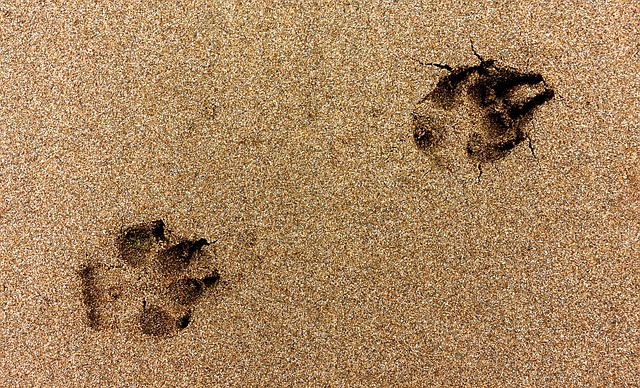
pacing dog mars carpet is often a symptom of canine post isolation anxiety disorder
Coprophagia
Since a highly anxious dog may dispose of the evidence of this symptom, it is one of the most challenging to identify. Some dogs will eat all of their feces when the owner is away. It may not be obvious to the owner that this is taking place if no one ever observes it happening. You may have to play Sherlock Holmes if you suspect this is taking place. A Nanny Cam or Baby Monitor can be a useful tool for observing how your dog behaves when you are not home.
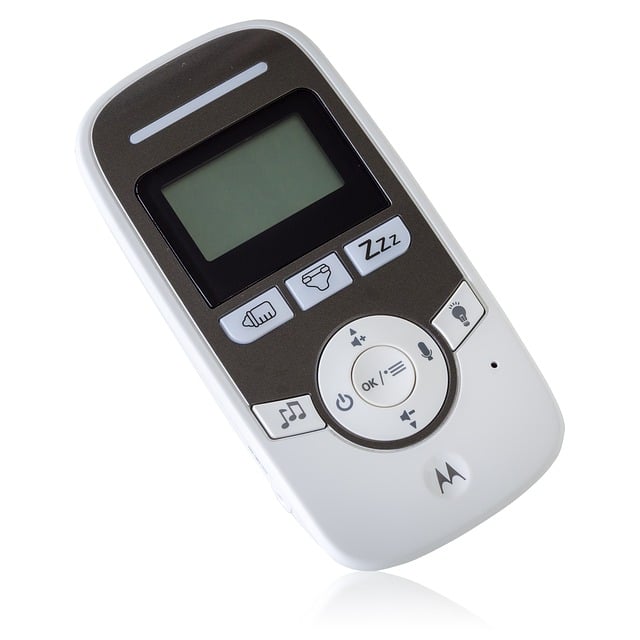
ways to monitor the dog for signs of canine post isolation anxiety when you are not home
You Can Prevent or Mitigate Canine Post- Isolation Separation Anxiety
Most important is that you make an effort to avoid constantly being in the same space as your dog. Find ways to be in different parts of the house throughout the day. Do not allow him to follow you from room to room.
If your backyard is a safe place for him to spend portions of his day, be sure to encourage him to do so. He needs sunshine, fresh air, and exercise anyway. Some of this can take place without a human.
Should other people live in the house, encourage them to spend some time with the dog, both inside and out. If the attention is shared, so is the bonding. This minimizes the degree of anxiety when the dog is left alone.
Coping Mechanisms for Dogs Suffering From Canine Post-Isolation Separation Anxiety
You can help your dog cope with the stress of being left alone once you go back to your normal post isolation schedule.
- You can comfort some dogs by having either a TV or radio playing. Hearing the human voice appears to calm the dog and to keep him company while the owner is away.
- Others hire dog walkers, neighbors or actual dog sitters who either check in on the dog throughout the day or keep them in their home during the day.
- Moderate to large-sized cities occasionally have a doggie daycare where owners can drop off their dogs while they are at work.
- Having a second dog in the house as a buddy will often minimize the anxiety and
- Occasionally, getting a second dog to be your dog’s buddy in an effort to alleviate anxiety is the best answer.
-
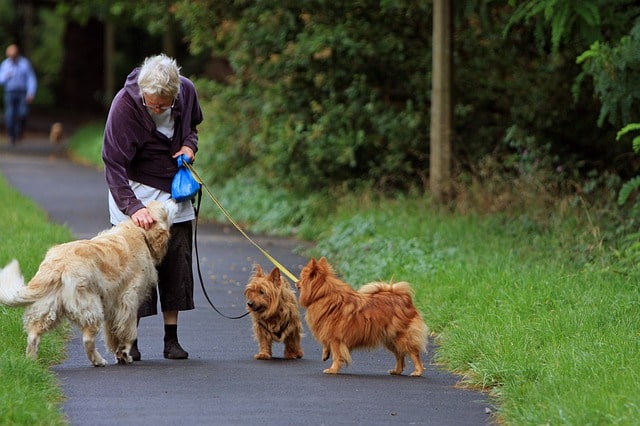
dog walker can help alleviate canine post isolation anxiety disorder
Finally, if nothing else helps
If none of these suggestions help alleviate your dog’s anxiety, a call to your dog’s vet for advice is always an option.
The best defense is a strong offense
There is much uncertainty in our world today and it is easy for humans and dogs to become anxious. With the close relationships we develop with our canine companions, it is no wonder our bonds grow even closer when we are together in close quarters for long periods of time.
Anything we can do to prevent our dogs from expecting to be at our side 24/7 will help him deal with our eventual return to our new normal with less anxiety. Slowly shifting to our new schedules rather than making drastic changes in a short period of time will also help. Don’t wait until the day before you return to work to start thinking about how to handle the shift.
Be Safe and Enjoy Your Time With Your Family, Including the Furry Ones
A little bit of thought and planning can go a long way to making the eventual return to the real world easier on both you and your dog.
Keeping yourself calm helps to prevent your dog from building up anxiety, and exercise is a good stress reliever for both of you as well. Getting outside in the sunshine and fresh air is good for both of you mentally and physically. Take advantage of this time rather than waste it.

Drago and His Best Friends
A Final Word of Wisdom
My husband has a wonderful philosophy that has helped him stay sane in many crazy situations over the years. Here it is. “I may or may not enjoy what I am doing at the moment, but I will enjoy myself while I am doing it.”
Be safe and God bless you and your family.
Here is a brief clip of an interview with a well-known dog specialist who discusses this topic.
https://www.fox2detroit.com/video/683413
Photos courtesy of my personal collection and Pixabay

